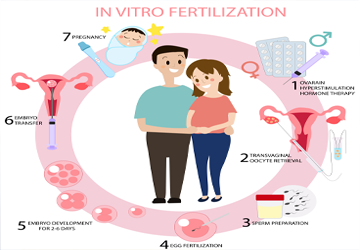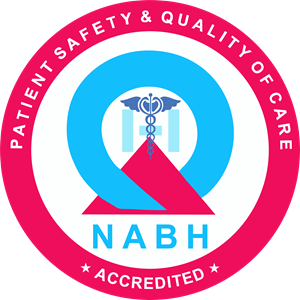What is IVF and how is it performed?
In vitro fertilization (IVF) is a method of assisted reproduction that involves combining an egg with sperm in a laboratory dish. If the egg fertilizes and begins cell division, the resulting embryo is transferred into the woman’s uterus where it will hopefully implant in the uterine lining and further develop. IVF bypasses the fallopian tubes and is usually the treatment choice for women who have badly damaged or absent tubes.
Human reproduction research has always been fraught with both scientific and ethical challenges that initially hindered development of treatments for infertility. However, in the 1960s and 1970s, understanding of the events in human oocyte fertilization grew to the point that in vitro fertilization (IVF) of human oocytes became possible. Ultimately, this knowledge led to the widely acclaimed first live birth of a “test tube baby,” Louise Brown, in England in 1978.1 In this sentinel IVF birth, the mother had a natural menstrual cycle, physicians laparoscopically retrieved a single pre-ovulatory oocyte from her ovary, fertilized it in vitro, and then transferred the resulting eight-cell embryo into her uterus.
IVF, or in vitro fertilization, refers to a series of procedures that are used to help with fertility. During IVF, an egg retrieval or egg collection takes place, where they are taken from your ovaries. They are then fertilised by sperm, either your partner’s or a donor’s, in a lab. Once fertilised, they are transferred into your uterus, where it is hoped implantation will take place and lead to a successful pregnancy.
Stimulation phase
Treatment begins with medication to stimulate your ovaries to stimulate egg production. The prescribed medication is taken for 8 to 14 days and is usually administered as an injection.
At the end of the stimulation phase, a trigger injection is given to mature or ripen the eggs. The timing of this step is crucial – the eggs need to be retrieved before ovulation takes place.
Egg retrieval
This can take place at the hospital 34 to 36 hours after the trigger injection (and before ovulation).
Your specialist will use the latest ultrasound technology to guide a needle into each ovary, and with expert precision, retrieve the eggs. This procedure lasts 20-30 minutes and you will be required to go under sedation.
Fertilisation
If you are using your partner’s sperm, he will produce a sample on the morning of the egg collection. Your eggs are then combined with the sperm to fertilise naturally – just like they would in your body – but in a lab!
The inseminated egg(s) are then placed in a specialised culture incubator for about 17 hours. If an embryo forms, it will be watched and aided with the perfect growing conditions for five or six days.
Embryo transfer
If your embryo develops, the next step is to transfer it into your uterus. This is a simple process and only takes about five minutes. You will need a full bladder though for the ultrasound to guide the embryo transfer.
The pregnancy blood test
About two weeks after the embryo transfer, you undergo a blood test to measure your levels of hCG (human chorionic gonadotropin) hormone. This will indicate pregnancy and whether or not the cycle was successful.






